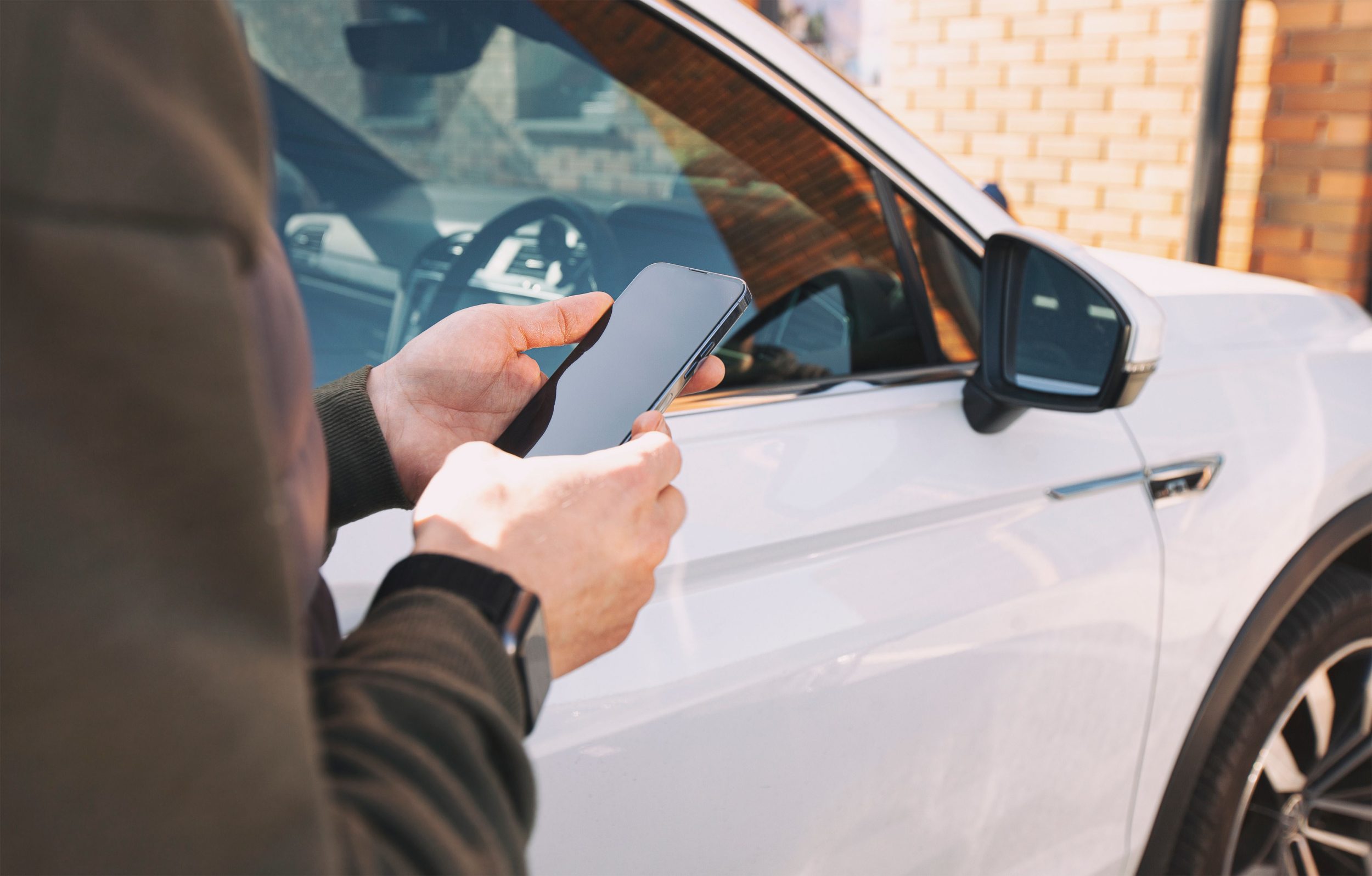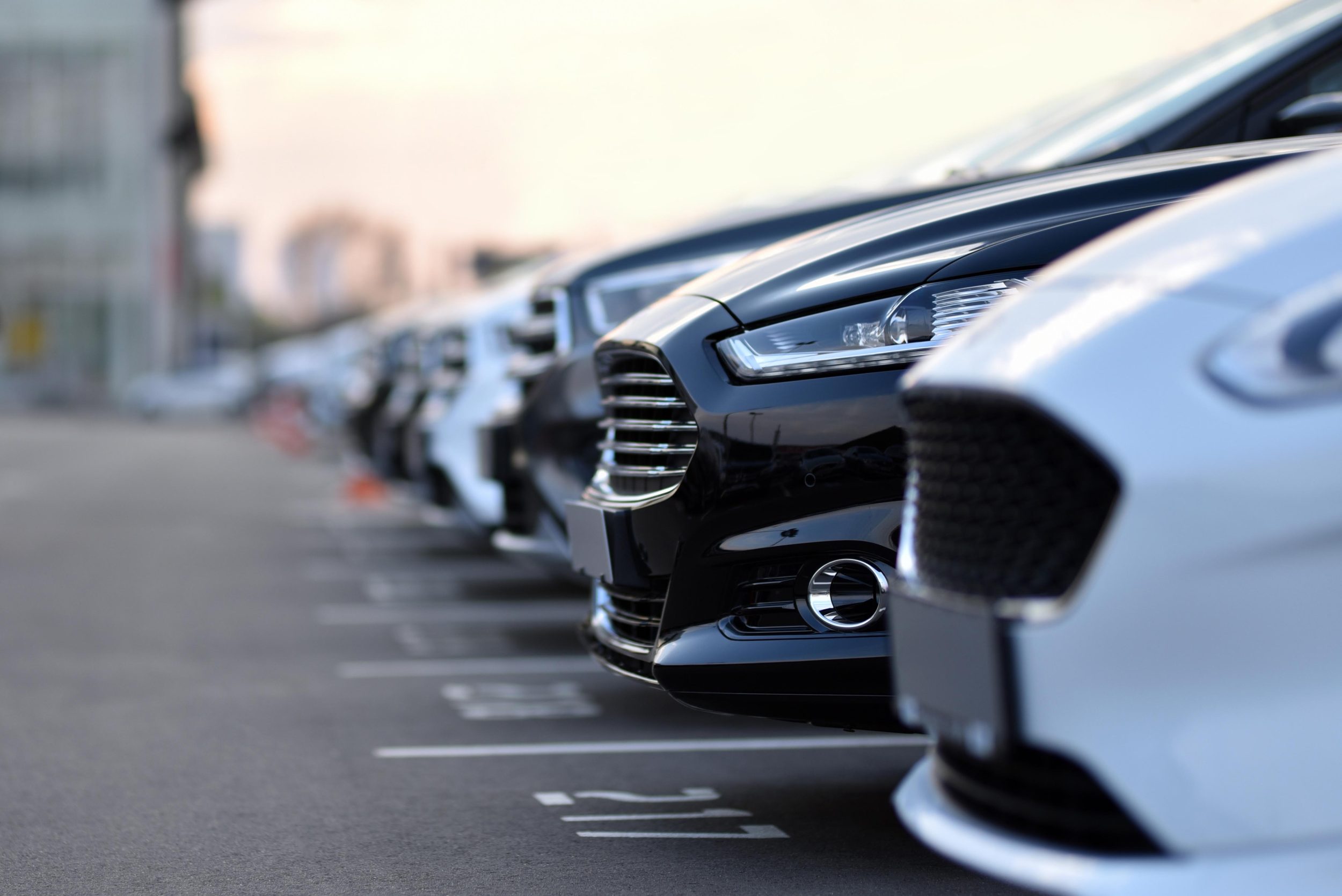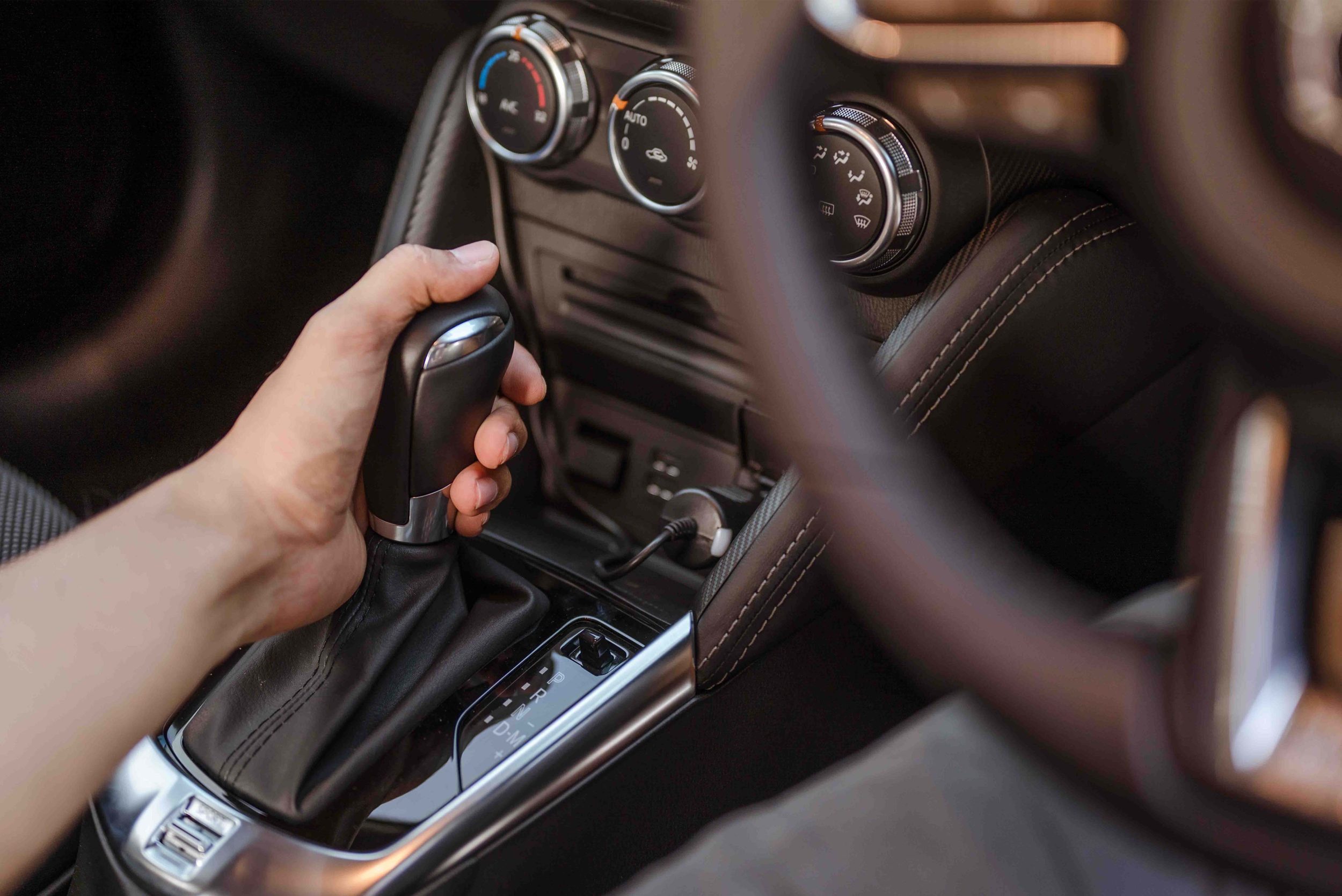It might be a beach trip you are going on or a visit to the vets, most people take their dog in the car at some stage. Having dogs in your car can be dangerous for them and you if common sense isn’t applied.
The highway code states that dogs should be restrained while travelling in the car. Failure to do so could cause an accident and potentially invalidate your day insurance for your car if you don’t follow these guidelines.
If you’re a dog owner or are considering buying a pet, here are some vital tips and tricks you should be following during a car journey.
Driving with your dogs: the do’s
Ensure your dog is restrained
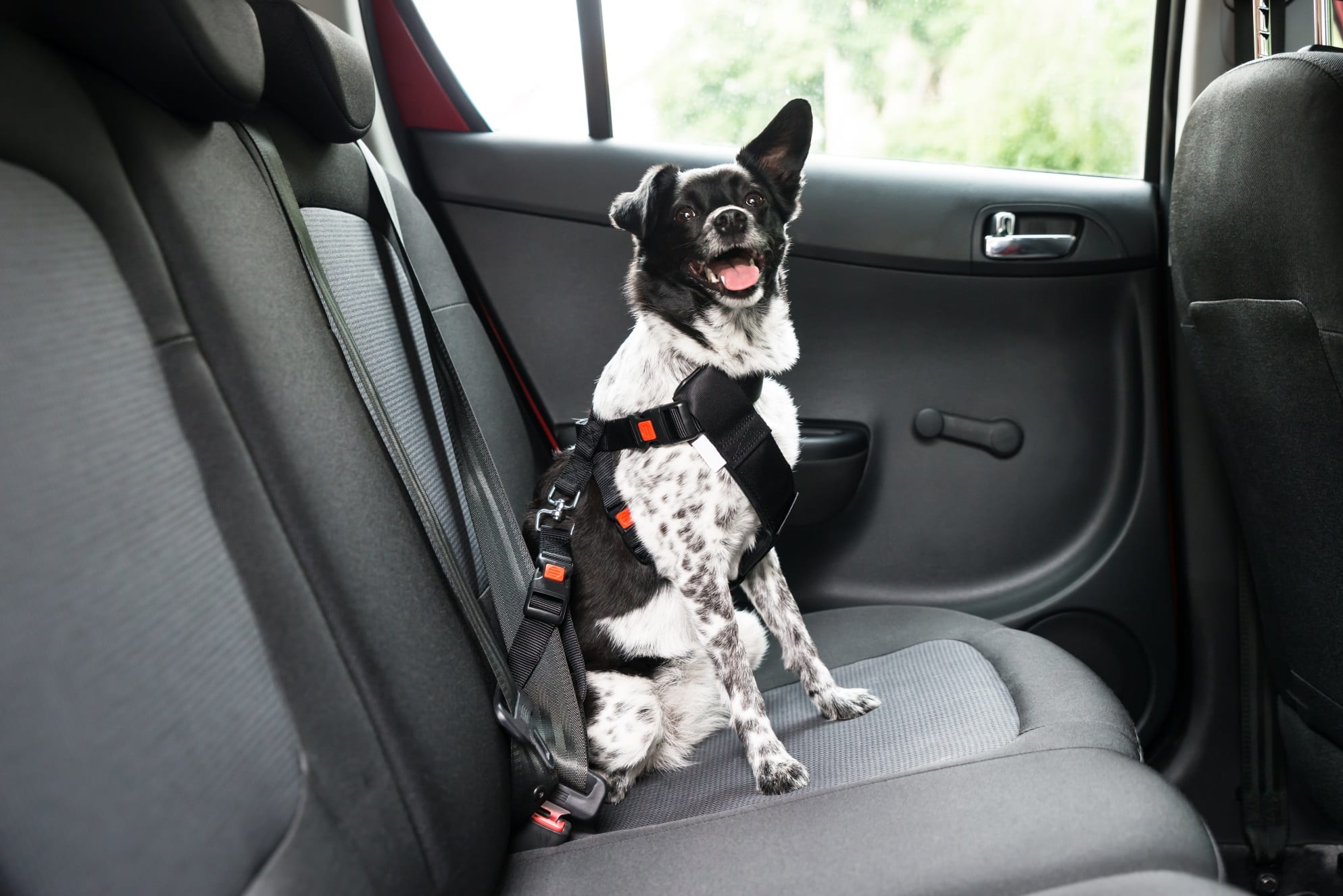
As we’ve touched on, the highway code says your dog should be restrained at all times whilst you are driving.
This means you should look for a good quality harness, or a guard, to help keep your dog safe and to stop them jumping on you whilst you are driving.
Jenny Green, a dog owner and the travel blogger behind Ernie’s Adventures, believes it is really important that you don’t just let your dog roam free in the car.
She says: “It’s important to make sure your pet is comfortable in the car and properly restrained. If they’re left to roam around the vehicle, not only will they distract the driver, but they will have nothing to protect them if an accident occurs – and for many people, their pet is precious cargo.”
There are lots of car accessories out there to help restrain your dog when you are driving with the likes of K9 Active selling products like seatbelt harnesses, booster seats and back seat barriers. Boot Buddy also sells boot liners and accessories that enable you to put your dog in the back of your car to help keep your pet safe and secure.
Build up their confidence
There isn’t anything worse than driving with a dog that is anxious and nervous. This is why you need to do whatever it takes to ensure it is happy.
It is important to be patient with your dog and not lose your temper. You should slowly try to build up their confidence by taking them with you on short car journeys.
Jenny Green tells us how she builds up a dogs confidence: “Start by sitting in the car while it is parked to get them used to the smell and feel of it. Then, sit in the car for a few minutes with the engine running and gradually build this up until you both feel confident enough to drive a few yards, then round the block and then on to somewhere nice, like a local park.”
Carry water and treats
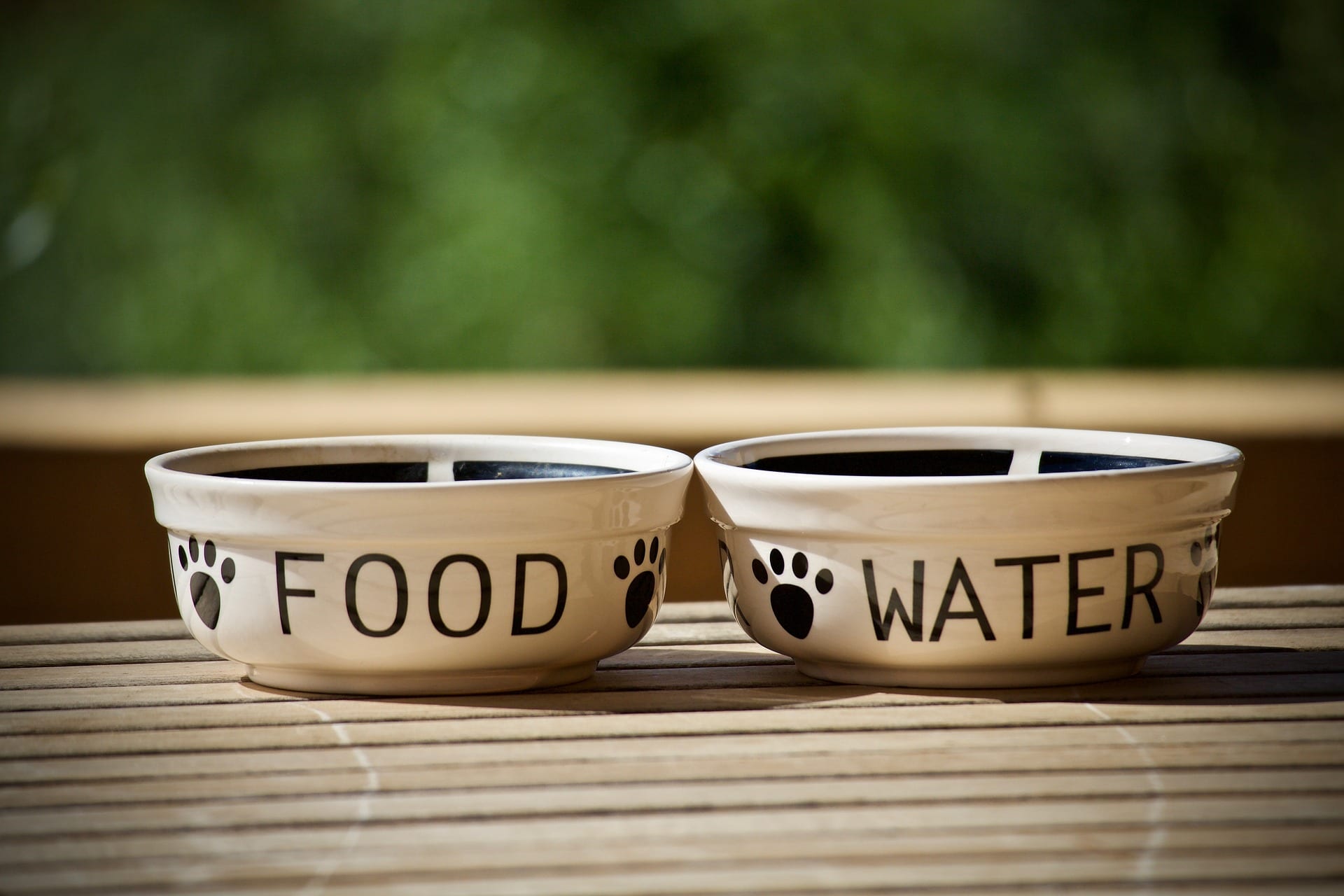
Cars can get hot when they are moving and it is easy for a dog to get dehydrated, especially when it is a long trip.
This is why you must have plenty of water for your dog to keep cool. Road Refresher has created a non-spill pet water bowl that “eliminates spills and reduces your pet’s slobber by up to 90%”.
You should also take some dog treats with you to reward them after every trip. This way, they will associate the car with good things.
Make regular stops
If you are driving a long distance, you need to make sure you plan your trip so there are plenty of stops along the way.
Your dog loves to stretch its legs as much as you do and when you stop they can get some fresh air, enjoy a drink and go to the toilet.
Something you could do is to research the different service stations you will be driving past as some might be more suitable than others for your dog. If you are heading down to Cornwall for your summer holidays, then Cornwall Services would be a great place to stop as there is lots of space where you can take your dog for a quick walk.
Driving with your dogs: the don’ts
Let your dog hang out the car window
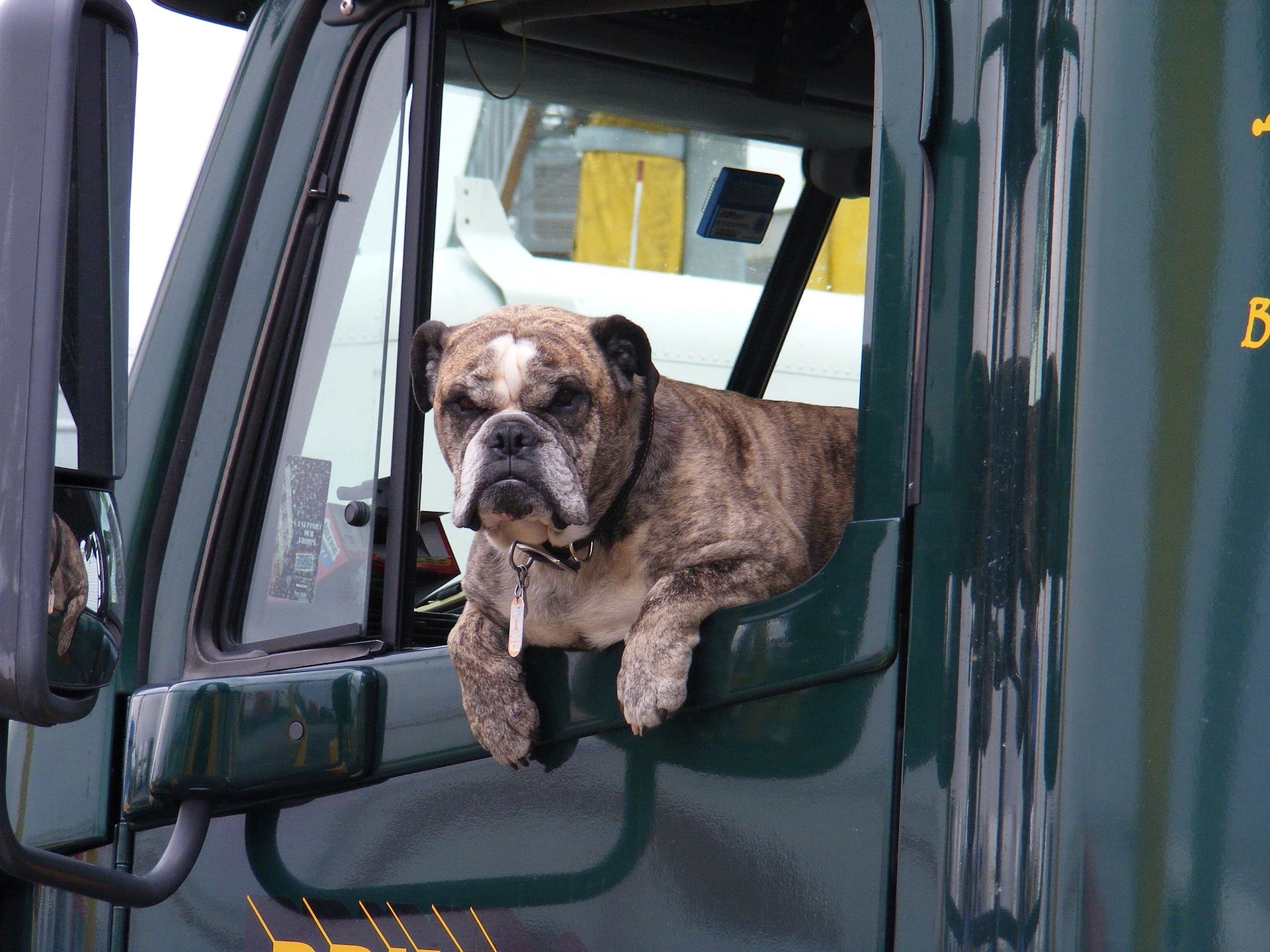
We have all seen a car driving down the road with a dog’s head sticking out the window, but whilst it looks cute it is very dangerous.
There are many reasons that make it dangerous and one of the main ones are stones hitting them with great velocity. Just think back to how much damage a pebble can cause a windscreen. A dog’s eye is more delicate and can be very difficult to repair if hurt.
Dogs can jump through an open window or be thrown from a car during an accident or if the car has to make an emergency brake.
Forget to take food
Just like we do, dogs get hungry when travelling. It’s therefore worth taking your dog’s normal food on long car journeys as you could break down or get stuck in traffic.
It is worth dog owners leaving dog treats in the boot so if you do forget to take their normal food you can at least tide them over with some snacks when you stop.
Leave your dog alone
This can be particularly dangerous when the weather is warm and temperatures are high. Dogs Trust, the UK’s largest dog welfare charity, regularly warns dog owners not to leave their pets in parked cars.
The charity says that in just 20-minutes a dog could die in a hot car and even winding down the window is not enough to help your dog.
Despite this, the charity has found that one in four UK dog owners admitted to leaving their pets alone in cars, while one in 10 people know of a dog that has come to harm when left in a parked car.
Feed your dog just before your journey
If you feed your dog just before you travel it can upset their belly and if you feed them in a moving vehicle it can cause them to suffer from motion sickness, which is the last thing you want.
You should try to create a travel-feeding schedule that starts with a light meal three or four hours before you leave in the car.
To round up, here are the do’s and don’ts you should follow when driving with your dog in the car:
Do’s
- Ensure your dog is restrained
- Build up their confidence
- Carry water and treats
- Make regular stops
Don’ts
- Let your dog hang out the car window
- Leave your dog alone
- Forget to take food
- Feed your dog just before your journey
If you are planning a car journey with your pet, make sure that you have organised day car insurance ahead of your trip.

